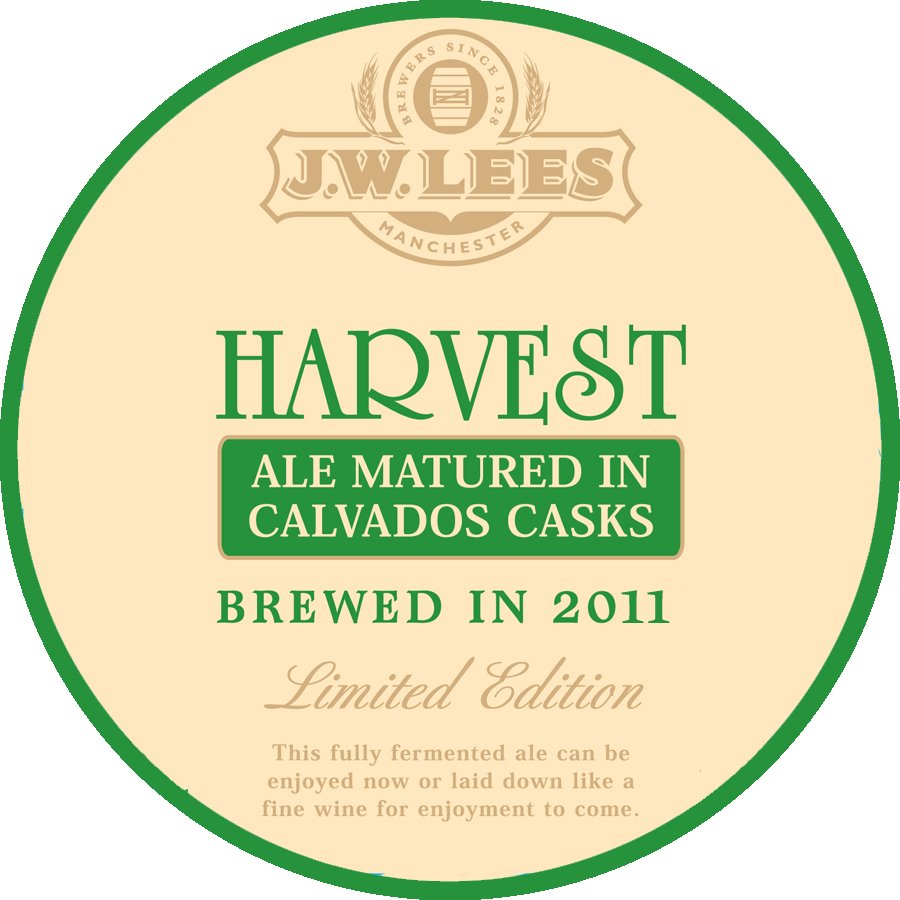Beer Style Guide: Get to Know Barleywine with Em Sauter
Named (although not created) by Bass Brewery in the early 20th century, barleywine is the perfect beer to end the night with.
Now is it “barleywine” or “barley wine?” — in the UK, they spell it as two words but Americans cannot do that as it is not “actually” a wine so we spell it as one word for legal reasons. For this article, I will spell it the American way, “barleywine.”
The moniker of “barleywine” was first used by Bass for their “No. 1” beer, which was labeled with a red diamond, similar to their trademark red triangle for Bass pale ale (the first trademark ever filed in the UK with the passage of their trademark laws in 1875). The name was pure marketing and others followed suit.
History of Barleywine
Like the Scotch ale, barleywine descends from the Burton ales of the 19th century, a highly hopped although lower attenuated (aka more sugars in the finished product) darker beer. The town of Burton-on-Trent in the English Midlands was home to many breweries including Bass. During that time, many of these beers were also called “old ales,” which we talked about a couple of weeks ago. Old ale and barleywine turned into two distinct styles in the middle of the 20th century.
Side note — isn’t it great how beer is a constant evolution? We see this nowadays with IPAs and how they are constantly changing. What was popular in certain eras breeds new styles — Czech pilsner created a host of golden lagers while Burton ales created many of the higher ABV styles we enjoy today. Beer is constantly moving forward. It’s the best.
During the microbrewery boom of the 1980’s in America, English beers were very popular and were tweaked to create American styles and of course, barleywine was one of them. There are two distinct styles of barleywine — English and American. While they have similar high alcohol, the raw materials used in each style showcase their home countries. Both can be pale to deep brown but American barleywines are more bitter from the use of robust American hop varieties. Both are excellent barrel-aged.
Barleywine Today
Barleywines from both England and America use pale malt, crystal malt and perhaps some dark malt. They use A LOT of malt because to get that higher ABV, you need lots of sugars. Brewing barleywines isn’t easy. Long boils can be typical too to caramelize the wort. Lots of hops are used but this is to balance the sweetness from the hefty amount of sugars. UK hops are used for English versions and US hops are used for American versions. Same goes for yeast- English ale yeast for English, US ale yeast for American versions.
Barleywine Tasting Notes
In English barleywines, you’ll get flavors of toffee and bread, dark fruits such as plums or dried fruit like raisins. The alcohol for both styles should be soft, not aggressive. You can also get English hop character that would be earthy, floral or marmalade. In American barleywines, the flavor tends to be a more aggressive hop character of big citrus or pine coupled with a bready malt backbone.
Honestly, these beers are damn near perfect on their own, as a digestif or with a couple of sugar cookies after a long day. Some of the drier ones or hoppier ones will do really well with caramel desserts or carrot cake (especially with American versions!). Let this beer shine on its own and just enjoy it, preferably with your feet up.
Beers to Try
Sierra Nevada Bigfoot Barleywine
If you want to see a true American barleywine, buy a six pack of Bigfoot. Almost too punchy when fresh, I buy a six pack every year and open one every six months. When the hops lose their bitterness and the sweetness comes out, that’s when this beer shines. I like it with a year or two (or more!) of age on it.
I love this English barleywine so much, because it’s an excellent base for barrel-aging. In America, we can get JW Lees in 8.4 oz cans (!!!) aged in various spirits casks like calvados or port. The small cans allow you to sample some high ABV goodness on your own.
Chicago based Revolution shows that barleywines aged in a barrel is a great idea, especially if that’s a spirits barrel like bourbon. The bourbon adds depth and complexity to an already very complex beer. This beer is a sipper and perfect on its own after dinner. A big beer at 15% share with friends!




